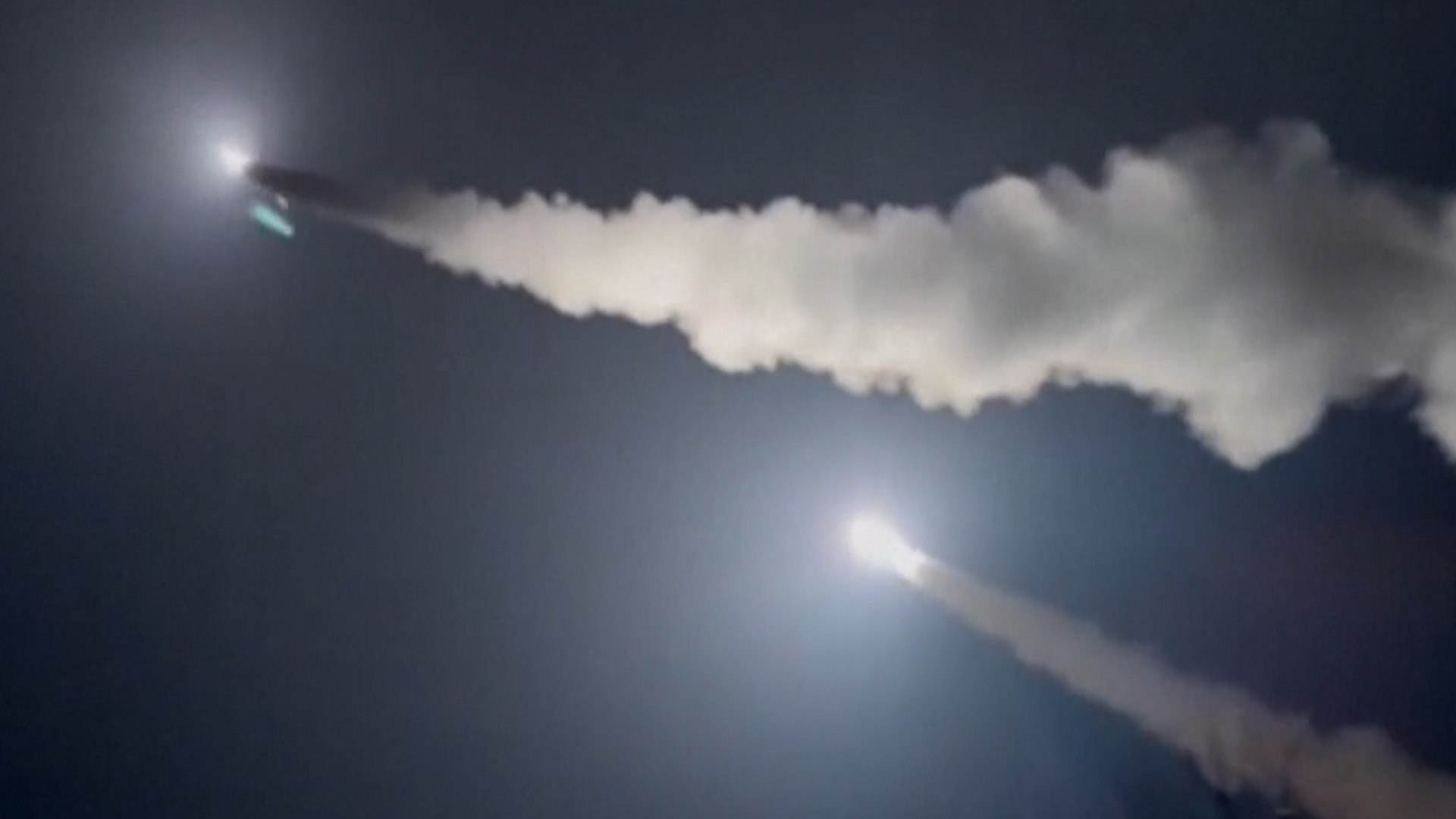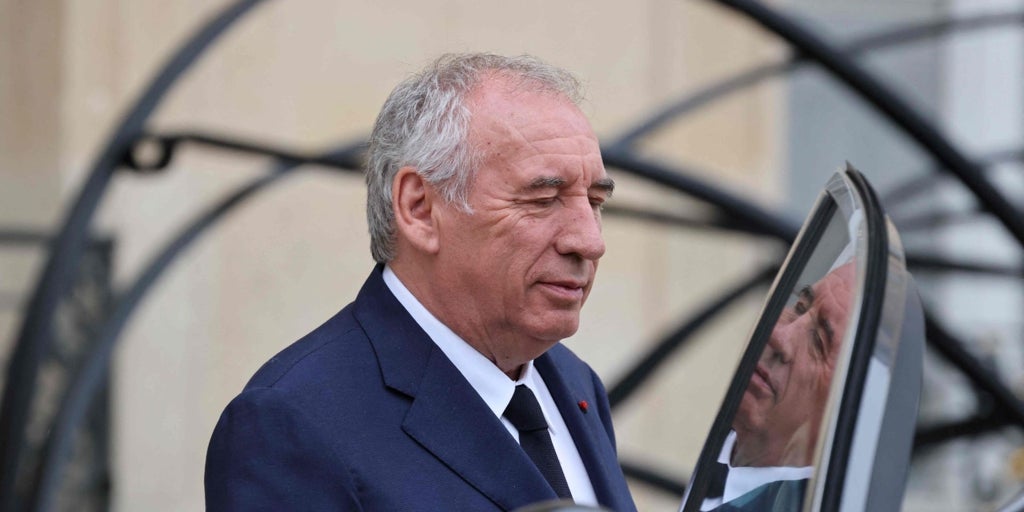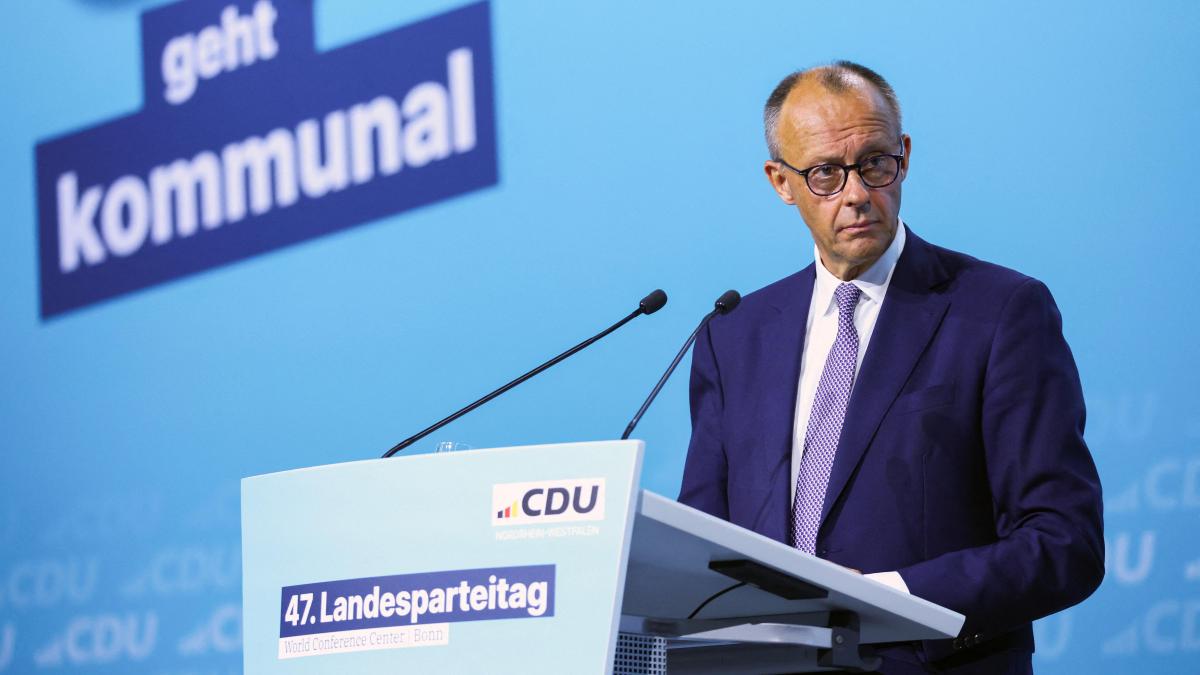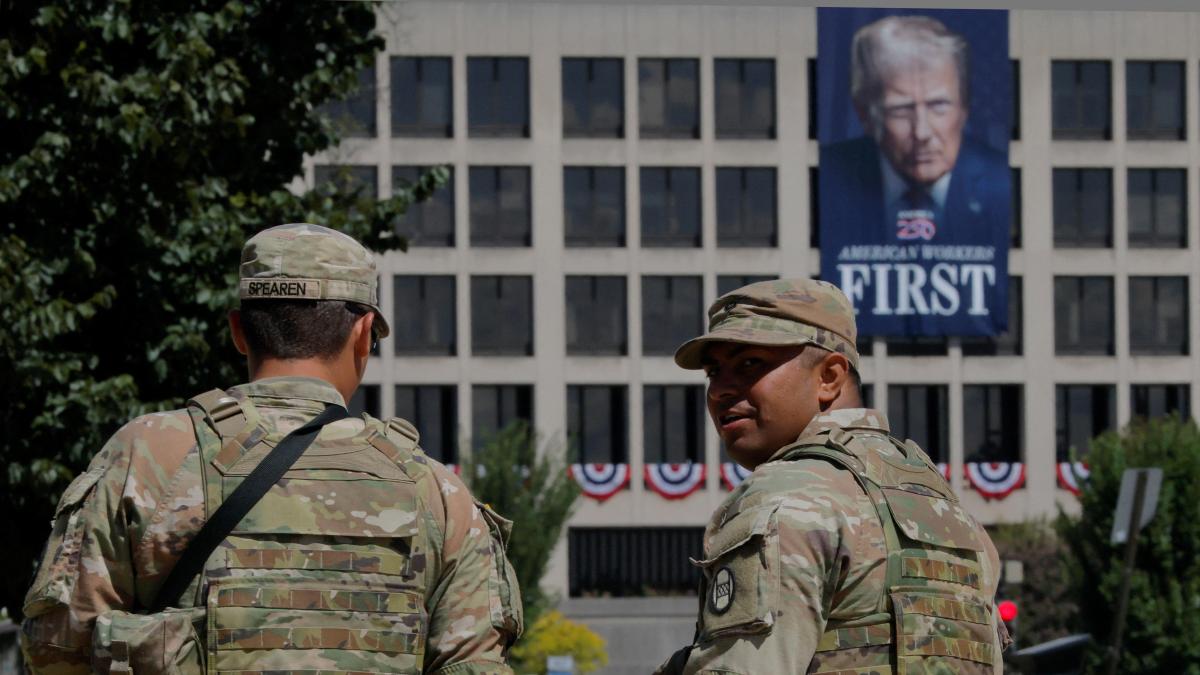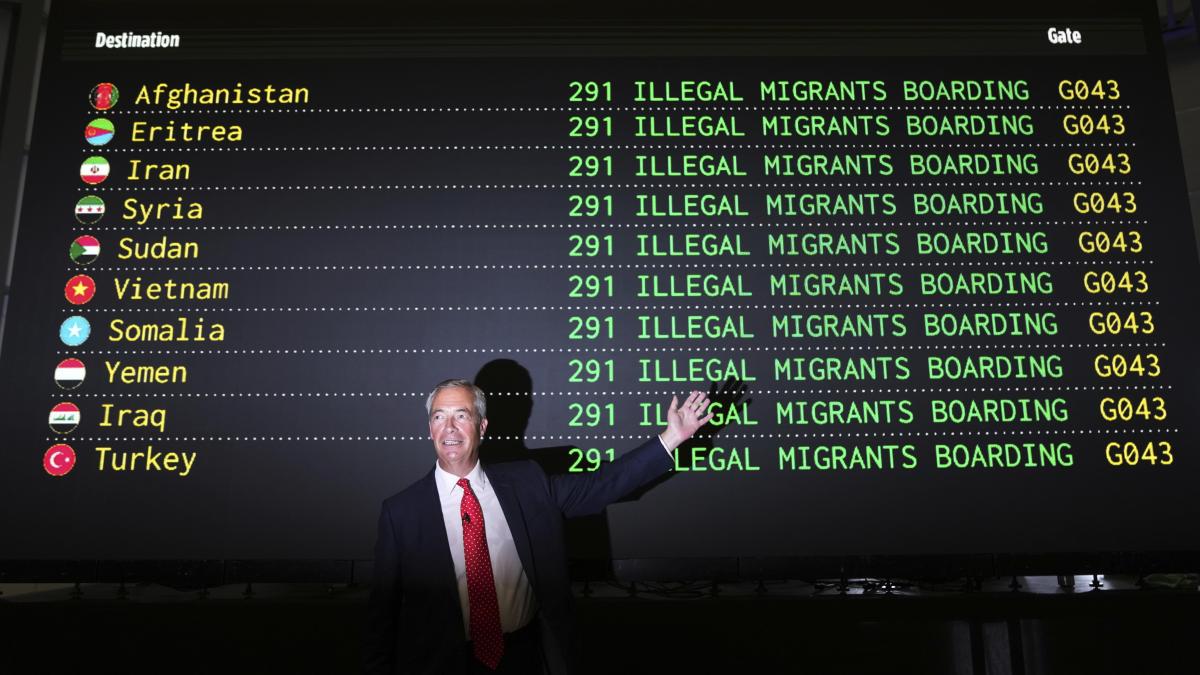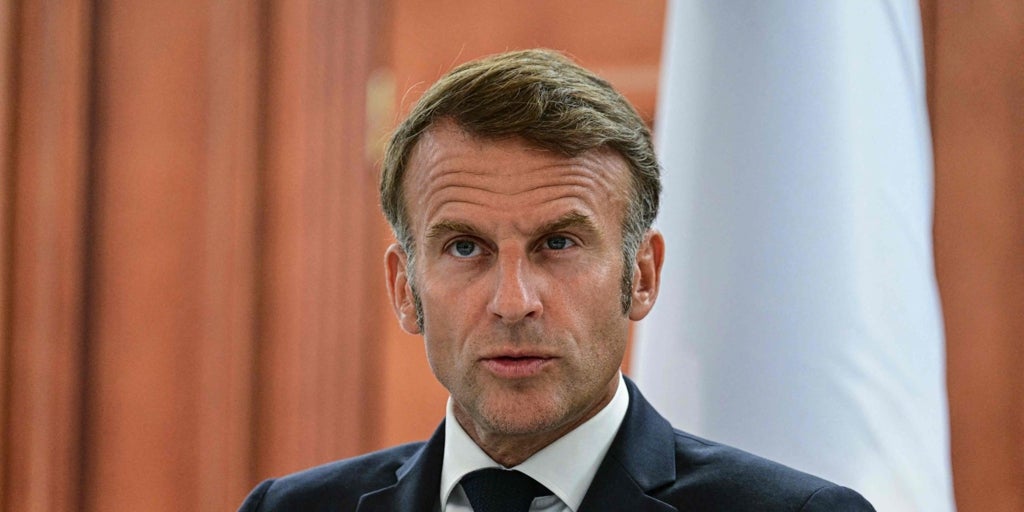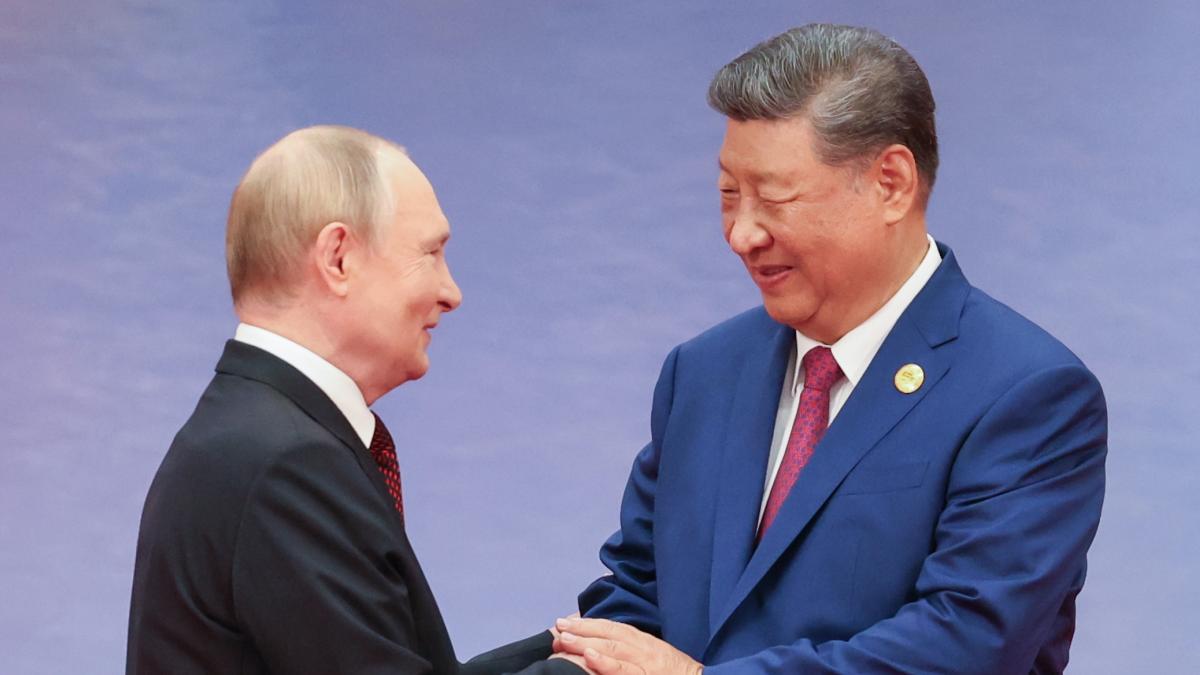Ukraine Fires First US Missiles Against Russia, Crossing Putin’s Last Line
Just 48 hours after President Joe Biden lifted restrictions on the use of ATACMS missiles, Ukraine has unleashed a profound challenge to Vladimir Putin’s regime by striking key military targets within Russian territory. The first of these American-made missiles targeted logistics center 1046, situated in the Karachev arsenal in Bryansk. This attack not only symbolizes a significant escalation in the ongoing conflict but also crosses a critical threshold defined by the Kremlin, marking a bold move by Kyiv in the face of a dire global military landscape.
The Footprints of Warfare: What This Means for Global Politics
On the same day, Putin escalated tensions by signing a new nuclear doctrine. This doctrine allows Russia to respond to conventional attacks on its territory with nuclear strikes, underscoring the precarious balance of power at play. It’s a tumultuous time, as no one can clearly ascertain what Russia’s next move will be after such a provocation.
Interestingly, while the Russian government has downplayed the impact of the missile launches—claiming no significant damage—a plethora of videos from local residents paint a starkly different picture, showcasing large plumes of fire rising from the targeted areas. This contradiction reflects the pervasive skepticism regarding the Kremlin’s narrative and emphasizes the need for authentic information in the fog of war.
Sparking a New Phase: International Reactions and Implications
Sergei Lavrov, Russia’s Foreign Minister, proclaimed that an “adequate” response will be forthcoming. No longer able to deny the role of the US in Ukraine’s military strategy, Russia posits that any usage of long-range missiles inherently involves American military support. Lavrov emphasized that these actions represent a new phase in the so-called Western war against Russia. “If long-range missiles are used, it means they are operated by US military experts,” he stated, reflecting an argument often echoed by Putin himself.
Ukraine, driven by the urgency of its defense and supported by its Western allies, has acknowledged engaging with American and British military personnel for target identification and missile deployment. This partnership starkly contrasts with Russia’s support channels, where they have reportedly received significant backing from North Korea in terms of military supplies and expertise.
Understanding the Risk: Can This Trigger Nuclear Escalation?
The burning question looms large: does the use of these missiles push the world closer to nuclear war? Experts in the field of nuclear strategy suggest a layered escalation framework that suggests Ukraine’s engagements would not directly trigger atomic armed responses, barring prior significant military maneuvers involving nuclear assets. According to these analysts, movements toward nuclear action would involve more than just retaliatory missile strikes, including potential arms reductions and other heightened tensions within arsenals.
A Global Conflict on the Brink
In an era where the lines between warfare and diplomacy are increasingly blurred, the stakes couldn’t be higher. The preceding weeks have seen a marked increase in hostilities, with eastern European nations bracing for the ramifications of this escalating conflict. As the narrative unfolds, it remains imperative to analyze the tactical decisions made by both sides, assessing how they might shape the outcomes of this unprecedented act of aggression and its impact on global order.
The Echoes of Conflict: A Historical Perspective
Historically, each move in this geopolitical chess game bears resemblance to previous confrontations that left indelible scars on global history; whether it’s the brinkmanship of the Cold War or the contemporary engagements in Syria and Libya, the lessons of the past resonate profoundly. The decision by Ukraine to wield US military might is a testament to the winds of change sweeping through defense policies and international alliances.
Conclusion: A Call for Vigilance and Awareness
As the world watches closely, the unfolding events in Eastern Europe are not isolated. They signify a palpable shift toward a deeper involvement of superpowers in regional conflicts. This unprecedented move by Ukraine not only alters the dynamics of its struggle against Russian aggression but also challenges the foundational principles of strategic diplomacy in the modern era. It’s a moment that demands our attention, vigilance, and a nuanced understanding of global power structures.
In this critical time, the resonance of military action, diplomacy, and public perception will shape the future we are heading towards. As we stand at the precipice of potential nuclear discourse, can humanity chart a course of diplomacy over destruction?

